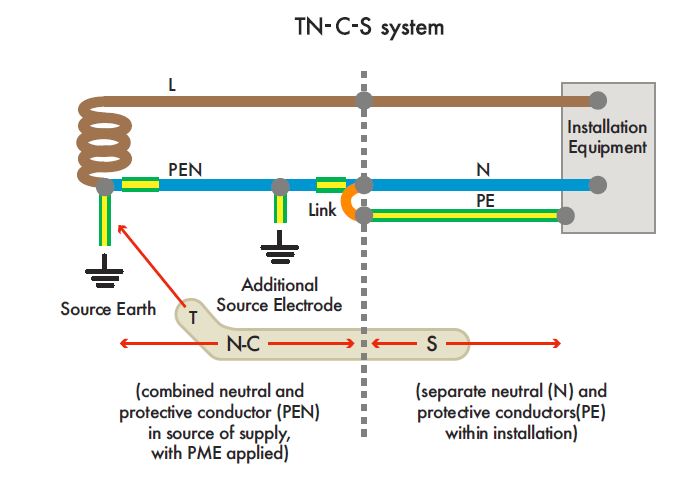The tingling you feel when you touch an appliance is due to (current caused by) a difference in potential between the appliance, and something else which you are touching. The other thing you are touching which has a different potential could be another appliance, the floor, a pipe, etc.
One step that you can take, which will (hopefully) protect you from dangerous shocks is to install GFCI or RCD between the mains power, and the appliance which is giving you a shock. These devices will disconnect power if the current into your appliance is sufficiently different from the current returning from your appliance. Although such devices will protect you from dangerous shocks, they may not protect you from milder shocks, such as your "tingling".
To eliminate the tingling, the potential of your appliance must be brought to the same potential as the other item which your are touching, and which is (until now) at a different potential. Why isn't it at the same potential already? Although the mains power is (typically) grounded in one leg at the transformer, and/or at the point of entry to your building, through a grounding rod, there is resistance between the grounding rod and various objects that you would like to be grounded. This is especially true if the grounding rod is driven into dry sandy or gravelly soil.
Creating a ground ring (or ring ground) can help keep different parts of the ground at the same potential. To create a ring ground, a bare wire is buried around the outside of the building, and this ring is bonded to the ground rod at the entry point of the mains supply WHICH SHOULD BE BONDED TO NEUTRAL. This ring should also be bonded to any metal pipes, conduits, or other metal objects that are permanent fixtures of the building. If there are metal pipes in the house that are separated by plastic, or in some cases a hot water heater, a wire should be bonded to the different sections of pipe so that there is a conductive path between all metal parts in the building. If the building contains reinforced concrete (for example in floors) then ideally, the grounding wires should be bonded to the rebar inside the concrete.
Now, here comes the tricky part. Your appliances are not permanent parts of your building. A laptop certainly isn't. How can these appliances be brought to the same potential as the grounding system? One option is to rewire the building to have grounded outlets. If this is not feasible, another option, which may be a code violation, is to connect a grounding wire, say from an exposed metal part of your washing machine, to the metal pipe, which in the previous instructions, we have bonded to the rest of the grounding system. If everything works as planned, the potential of your washing machine will now be at the same potential as the floor. So, touching the washing machine while touching the floor, or a pipe, should not give you a tingling sensation or shock.
If there is no fault in the washing machine, the leakage current should be small enough that connecting an exposed metal part of the washing machine to ground will not trip the GFCI/RCD. You will have both protected yourself from severe and dangerous shock (using the GFCI/RCD) and from mild shock, by bringing the chassis of the washing machine to the same potential as the floor. However, if there is a fault in the washing machine, the GFCI/RCD will trip. IF THAT HAPPENS, DON'T DISCONNECT the GFCI/RCD. The GFCI/RCD protects your life and is more important than eliminating the annoying tingling sensation. Rainfall may drastically change the conductivity of the soil, and what was once a minor fault current from your appliance to ground might become dangerous. If your appliance has a fault sufficient to trip a GFCI/RCD when its chassis is fully grounded, then you need to investigate and repair that fault. Again, don't disconnect the GFCI/RCD.
You can apply the same trick to your computer that was applied to your washing machine, although it is certainly more inconvenient, and is certainly not a code approved way to protect yourself. That is, using a GFCI/RCD along the power path to your computer, and after you have brought all the conductive parts of your building to the same ground potential, you can run a wire from the chassis of your computer to a grounded pipe. Again, this should bring the chassis of your computer to the same potential as anything else you might be touching, and hence eliminate any annoying mild shocks. Again, this is probably not a code approved way to wire things. The "best" solution, would be to rewire the electrical system to include ground wires, and use plugs with ground prongs on them, AND use GFCI/RCD outlets, or GFCI/RCD circuit breakers at the panel, or stand alone GFCI/RCD modules between the outlets and my appliances.

